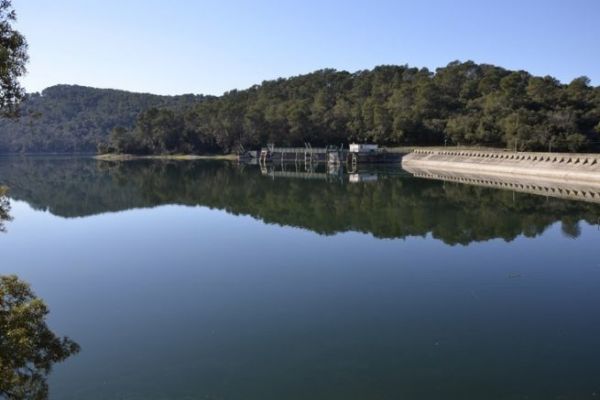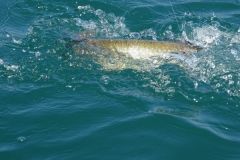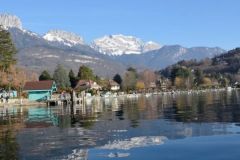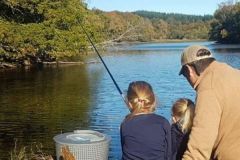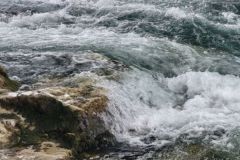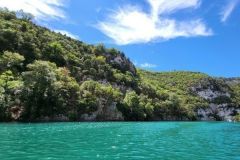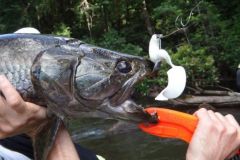Various hazards
A river may seem peaceful at first glance, but a rapid rise in water levels can occur when fishing downstream of hydroelectric structures. A rapid rise in water levels can trap anglers on an islet or even sweep them away. Indeed, when fishing downstream of dams or power stations, flow variations can be sudden and pose real dangers to anglers.
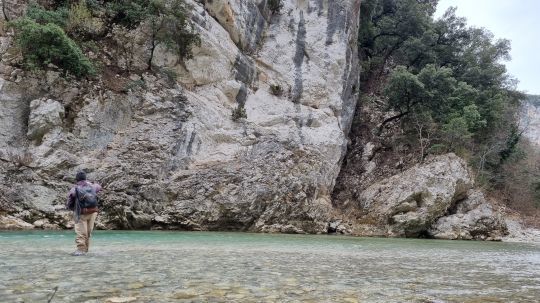
On the other hand, on reservoirs upstream of dams, currents can be very strong and canal banks can be slippery or even dangerous.
Safety tips
Before going fishing, it's important to check with the local federations before choosing your various fishing sites, to see whether or not there are any hydraulic installations.
Risk areas are generally marked on the ground, so take the time to read the various signs around watercourses and bodies of water, and of course follow the instructions.
Always think ahead, and avoid settling in areas where rapid evacuation would be difficult, so as to avoid being in areas where it would be difficult to withdraw.
On lakes, respect the zones marked by buoys and stay on the least dangerous banks.
As a reminder, fishing is strictly prohibited within a 50-meter radius upstream and downstream of dams and hydroelectric power stations.
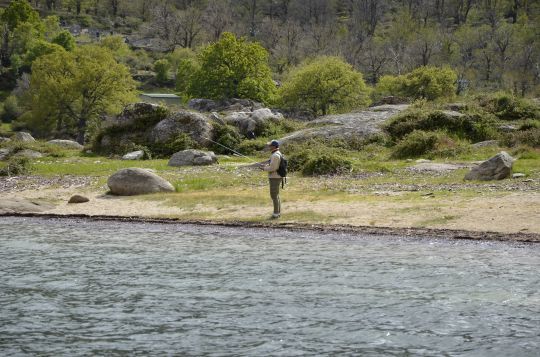
Useful digital tools
To help anglers enjoy their activity in complete safety, EDF offers two mobile applications to keep them informed in real time.
- GEOPECHE?: an interactive map of rivers and bodies of water with useful fishing information.
- Ma rivière et moi (My river and me): a useful application that indicates areas of heightened vigilance and provides information on hydraulic operations.
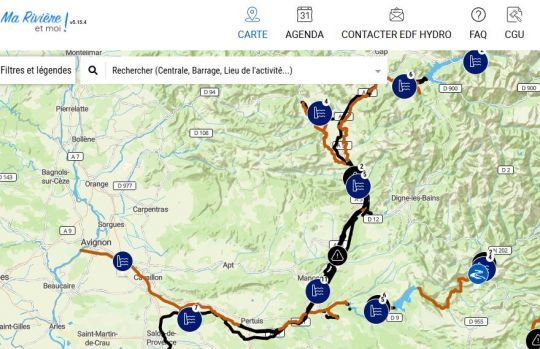
Valuable tools to consult, never forget that fishing can be dangerous.
